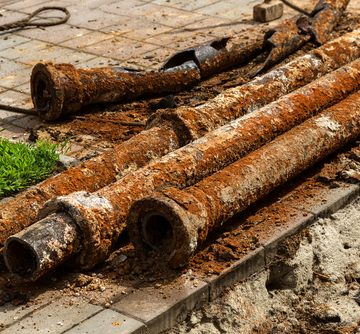Detecting corrosion is important for improving safety and efficiency especially in process-intensive industries such as oil and petrochemicals. It’s also a key to reducing maintenance costs if the detection is done promptly.
What are the detection methods for corrosion?
Nondestructive testing (NDT) is often used because the pipes and tanks to be inspected should remain operational. To accomplish that, common inspection techniques are radiographic and ultrasonic testing.
However, first it’s important to control the parameters wherein the pipes and tanks are constantly exposed. Factors such as pH, temperature and pressure can affect and even accelerate the development of corrosion.
Once the operating parameters are controlled and corrosion is verified through NDT methods, the next step is to monitor the corrosion. Electrochemical probes and analytical chemistry techniques can provide direct and indirect information as to the extent of damage in and on the pipes, vessels and tanks. Ultrasonic thickness monitoring is also helpful because it measures wall thickness over time. This is highly useful especially when we’re talking about sensitivity and the capability to scan large areas within reasonable time. This speeds up the inspection and also the resulting measures to slow down corrosion development or quickly initiate the necessary maintenance and repairs.
The required maintenance, repairs and inspections will vary throughout the lifecycle of the equipment. Old equipment with some visual signs of deterioration may require more frequent inspections. As a result, the frequency and extent of inspection should be reviewed regularly to better monitor corrosion. These measures along with reliable NDT techniques can help improve safety and efficiency in vessels, transportation pipelines and other equipment in petrochemical and similar industries.
Here at NDT Equipment Sales we help such industries by helping them choose the appropriate NDT technique and device for their applications. Making the right choice is crucial in gathering accurate data and formulating the corresponding actions to mitigate damage and prevent disasters and costly downtimes.


